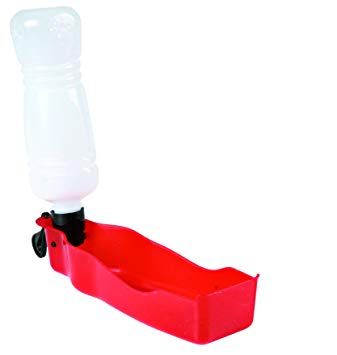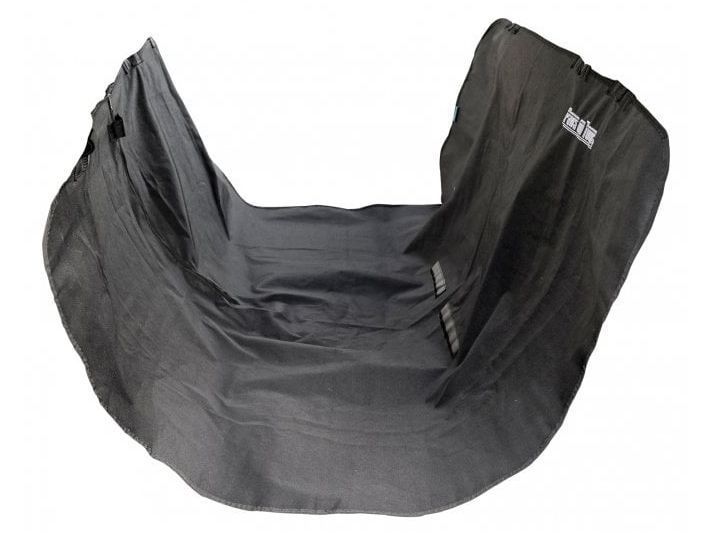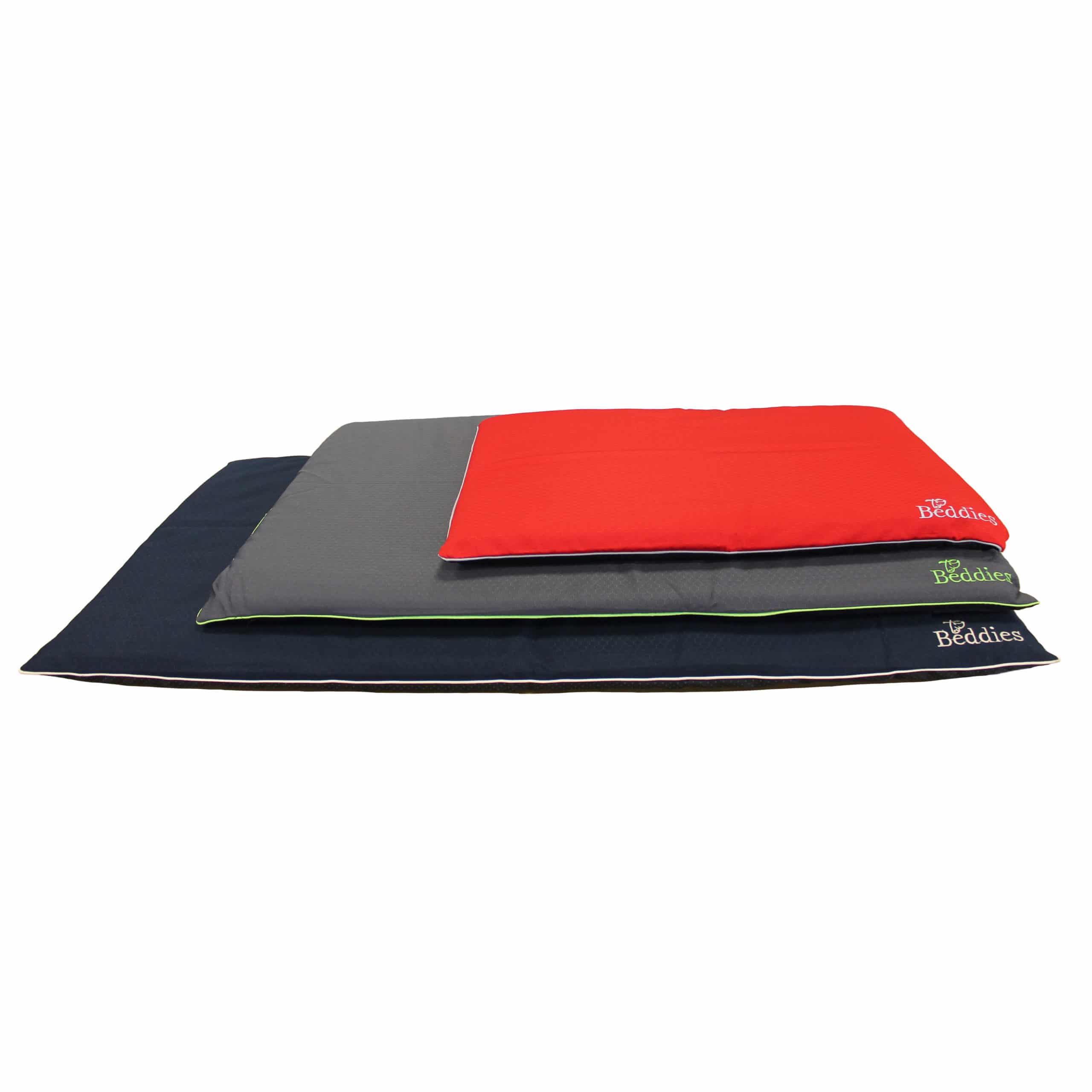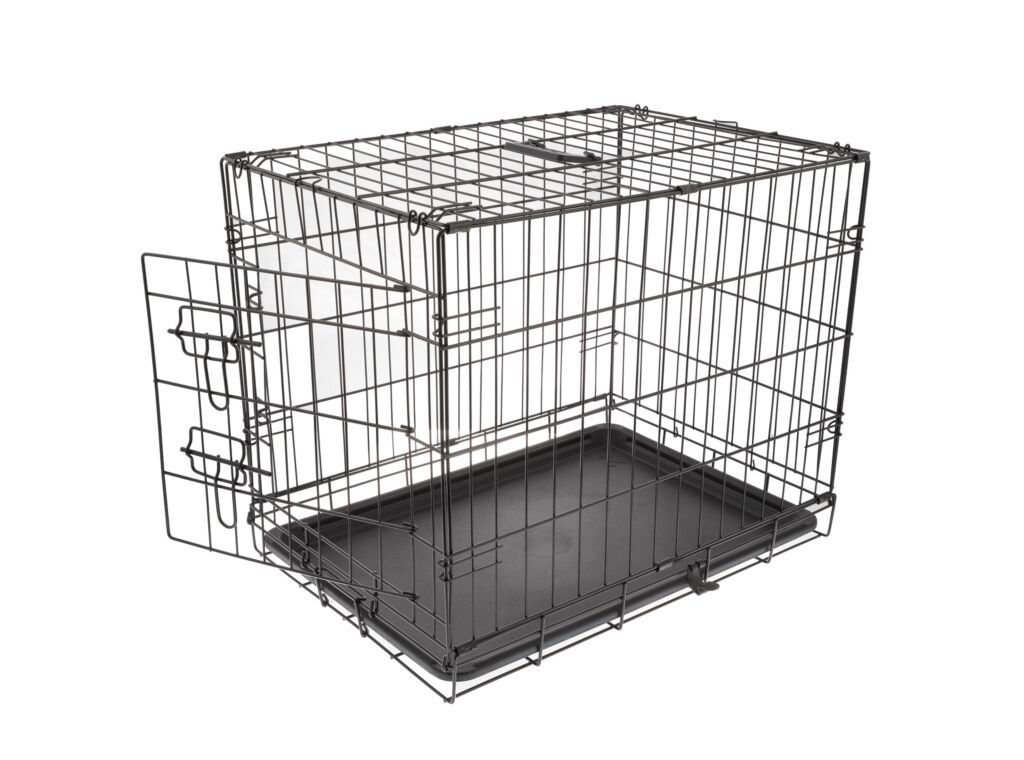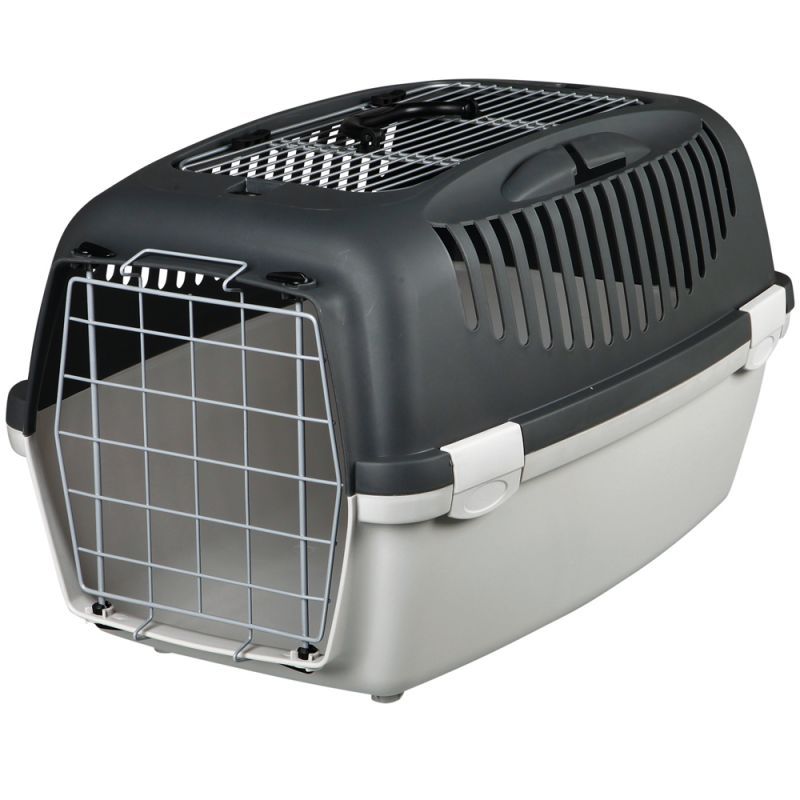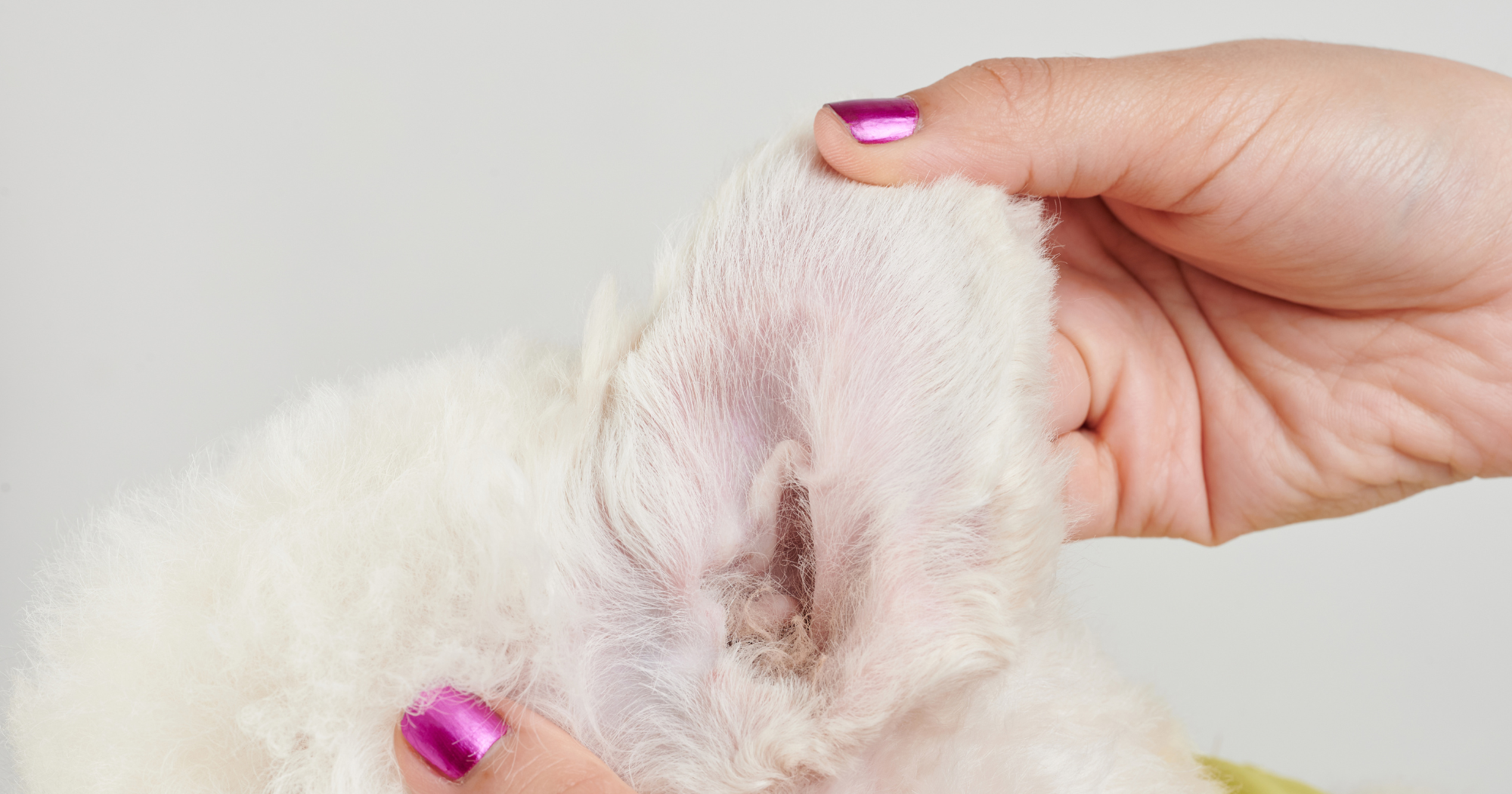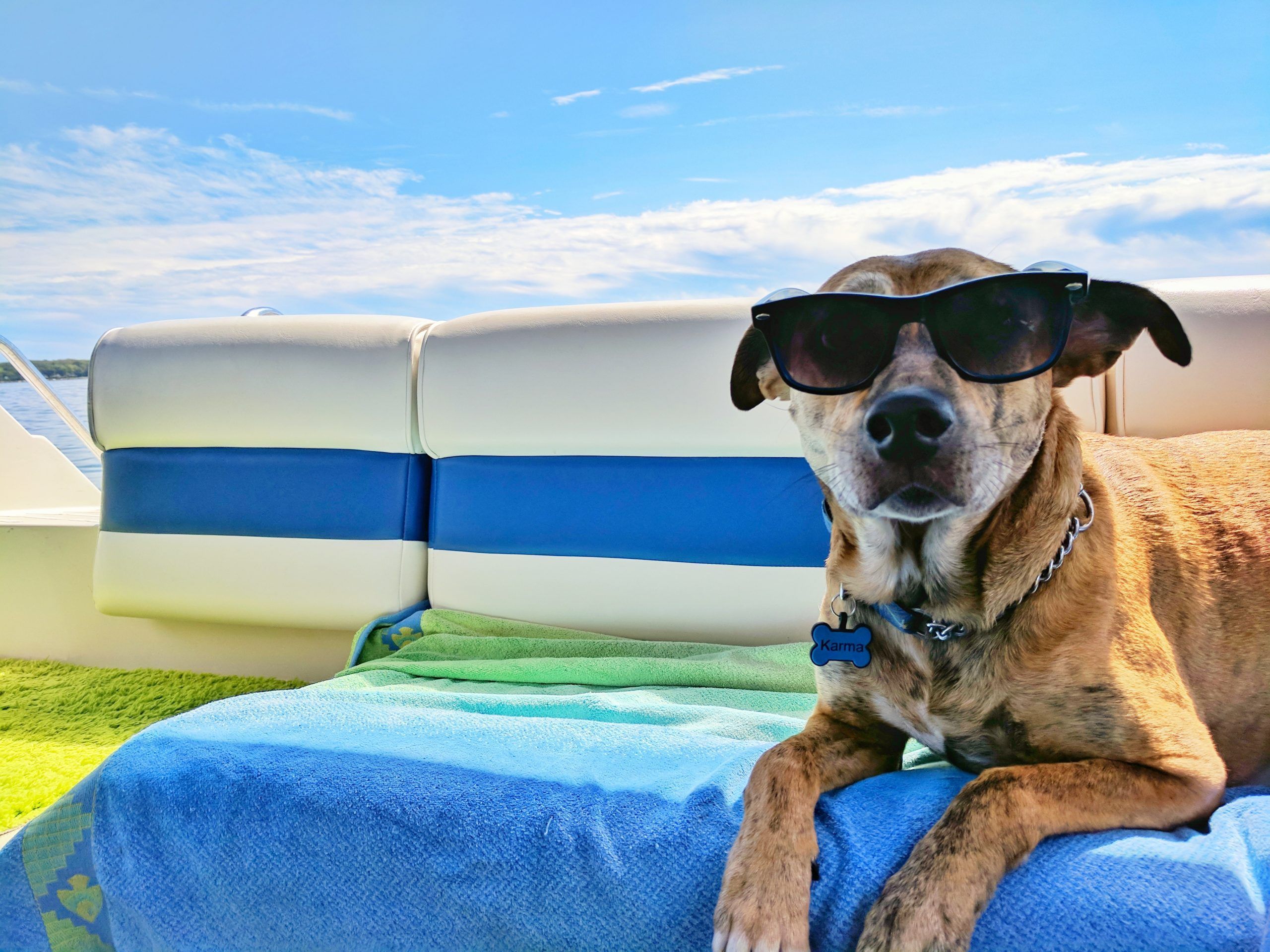
With travel restrictions now eased, people are looking to travel more, and possibly take their furry friends along for the ride. And why not? Travelling with your dog can be a fun experience. But it’s important to keep in mind some key measures to ensure your pet is safe on the journey.
How to travel safely with your dog in a car, train, plane and ship
Different modes of transport have different rules, and it’s important to check their dos and don’ts before you travel. Before travelling long-distance with your dog, make sure that their vaccinations are all up-to-date and they have a clean bill of health from the vet.
Travelling by car
If you want to travel with your dog, going by road is by far the best option. The safest way to travel with a dog in a car is to make sure they are always securely strapped in, have plenty of fresh air and water, and are not left alone.
Pets should not be able to roam in the car
Make sure that your dog is safely secured throughout the car journey, either in a crate or carrier, or with a seatbelt harness. This will help to prevent any injuries if you’re involved in an accident or need to brake suddenly. It will also ensure you’re not distracted by your dog roaming around the car whilst you’re trying to keep your eyes on the road!
Ensure they are in the back of the car
Although it may be tempting to seat them up front with you, it’s best to keep your pet in the back seat of the car. This is because if an airbag deploys while your dog is in the passenger seat, they may get injured.
Give them frequent toilet breaks and stops
Plan your route beforehand to include plenty of dog-friendly stops along the way. This will give your dog (and you!) the chance to stretch their legs, go to the toilet and get some much-needed exercise and fresh air. And don’t forget to pack their favourite snacks, and making sure your dog gets plenty of fresh water is a must, especially in hot weather.
Bring companionship if possible
Whenever possible, share the driving and pet duties with a friend or family member. That way you’ll be able to buy food or use the facilities at rest stops knowing that someone you trust is keeping an eye on your dog and they’re not left on their own.
Never leave your pet in the car on their own
A quick pit stop may feel like no time at all to you, but it’s too long to leave your pet alone in a car, especially in very hot weather. Heat is a serious hazard and the temperature inside a car can reach dangerous highs very quickly on a hot day.

Travelling by train
Can dogs travel on trains? Absolutely! But it’s important to find out the train company’s policies beforehand and to make sure your dog doesn’t roam around the carriage. Here are a few things to take into consideration:
- Check the train company’s policy: Do this before booking your ticket, as some companies only allow small dogs on board, while others may require that your dog be kept in a crate or carrier.
- Choose an appropriate train: If possible, take a train that has a designated pet area or consider travelling during off-peak hours. This means there’s less chance of the train being very busy, which will help reduce your dog’s stress levels.
- Always keep your dog on a lead: Make sure you’re in control of your dog to prevent it from wandering around the train or bothering other passengers.
- Be considerate of others: Remember that not every passenger may be comfortable in the company of dogs, so try to keep your dog as well-behaved and calm as possible and respect other passengers’ boundaries.
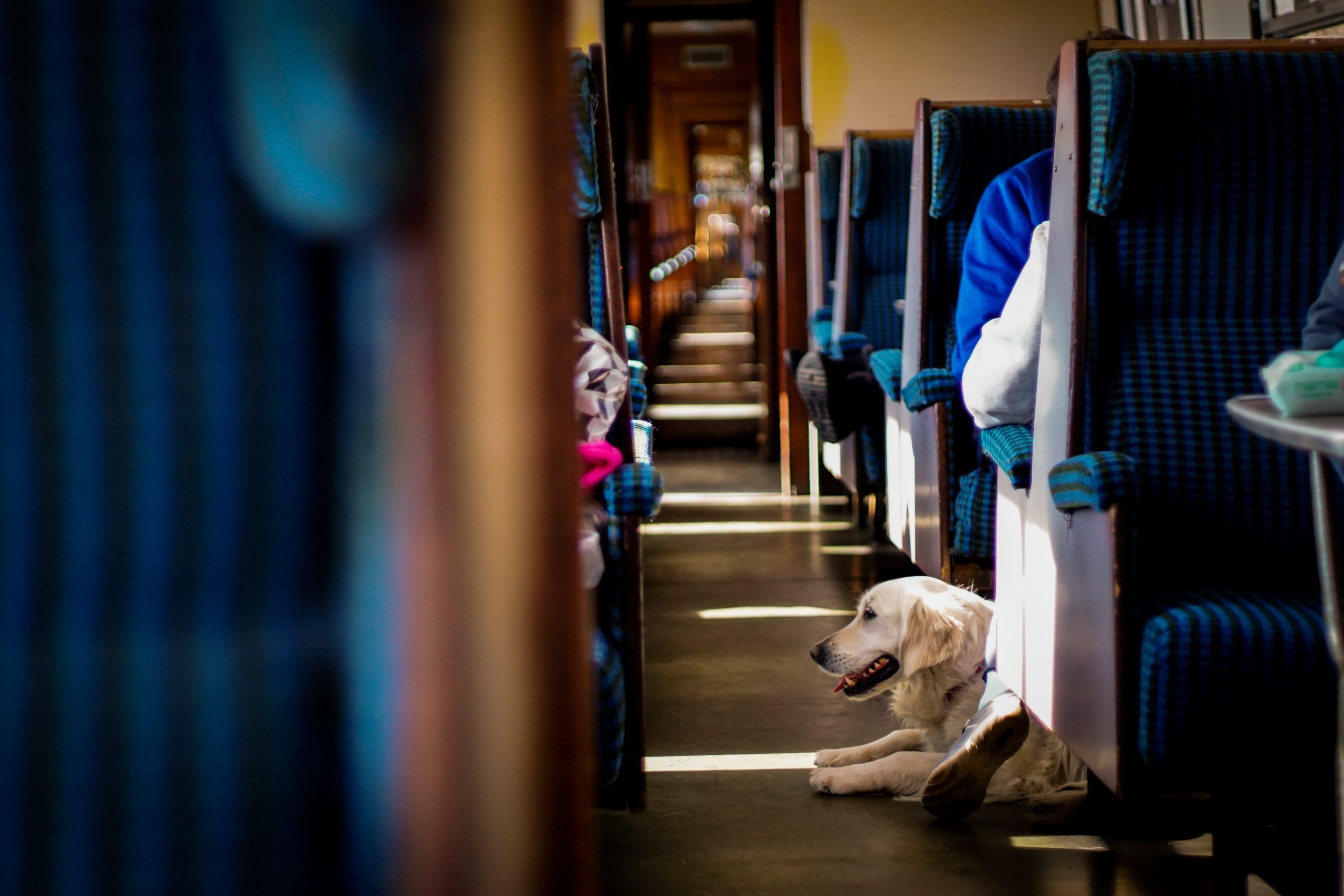
Travelling by plane
Sometimes air travel is the only way of getting there. Although there is more risk involved in travelling with a dog on a plane, it can still be done with some careful planning. Just make sure to check the animal guidelines for your destination and have all your pet’s immunisations up-to-date. Some airlines will require a health certificate for your dog, and there are countries where your pet may need to be quarantined on arrival. It’s vital to do your research to avoid any last minute surprises.
Questions to ask your airline
Before travelling with your pet on a plane, it’s best to get in touch with the airline you’re planning to fly with, to get answers to these important questions.
- Is your dog allowed to travel in the cabin with you? If so, does the airline require a specific type of carrier?
- If you can’t travel with your dog in the cabin, does the airline have any restrictions on transporting them in the cargo hold?
- Does the airline have any special pet health and immunisation requirements?
Keep your pet in the cabin if possible
The ideal scenario would be for your dog to travel in the cabin with you, as this avoids any potential health risks of them travelling in the hold. But each airline has its own rules, with some allowing pets in the cabin and others only in the hold as excess baggage or as manifest cargo.
| Airline | In cabin? | As excess baggage? | As cargo? |
| Aer Lingus | ❌* | ✅ | ✅ |
| Ryanair | ❌* | ❌ | ❌ |
| Easyjet | ❌* | ❌ | ❌ |
| Aer Arann Ireland | ❌* | ✅ | ❌ |
| Cityjet | ❌* | ❌ | ❌ |
| British Airways | ❌* | ❌ | ✅ |
| Vueling | ✅ | ❌ | ❌ |
| KLM | ✅ | ✅ | ✅ |
| Air France | ✅ | ✅ | ✅ |
| Iberia | ✅ | ✅ | ✅ |
* Except for service dogs.
If your pet must go in the cargo hold, follow these recommendations:
- Use direct flights to avoid mistakes or delays in getting your pet off the plane.
- Travel on the same flight as your pet when possible.
- Opt for a flight that will accommodate any temperature extremes, such as early morning or late evening flights in summer, and afternoon flights in winter.
- Fit your pet with a collar that can’t get caught in carrier doors, and make sure your contact details are on it.
- Secure a travel label to your dog’s carrier with your contact details or of someone who can be reached as soon as the flight arrives.
- Clip your dog’s nails before flying to prevent them from getting hooked in the carrier’s door or other tight spots.
- Give your pet plenty of time to become familiar with their travel carrier before flying, to reduce stress on the big day.
- Do not give your pet tranquillisers as many airlines won’t accept tranquilised pets, unless this is advised by your vet.
- Avoid feeding your dog for four to six hours before the trip, but give them small amounts of water and, if possible, put ice cubes in the water tray attached to the inside of your pet’s crate for the journey. This will keep them hydrated and avoid water spillage along the way.
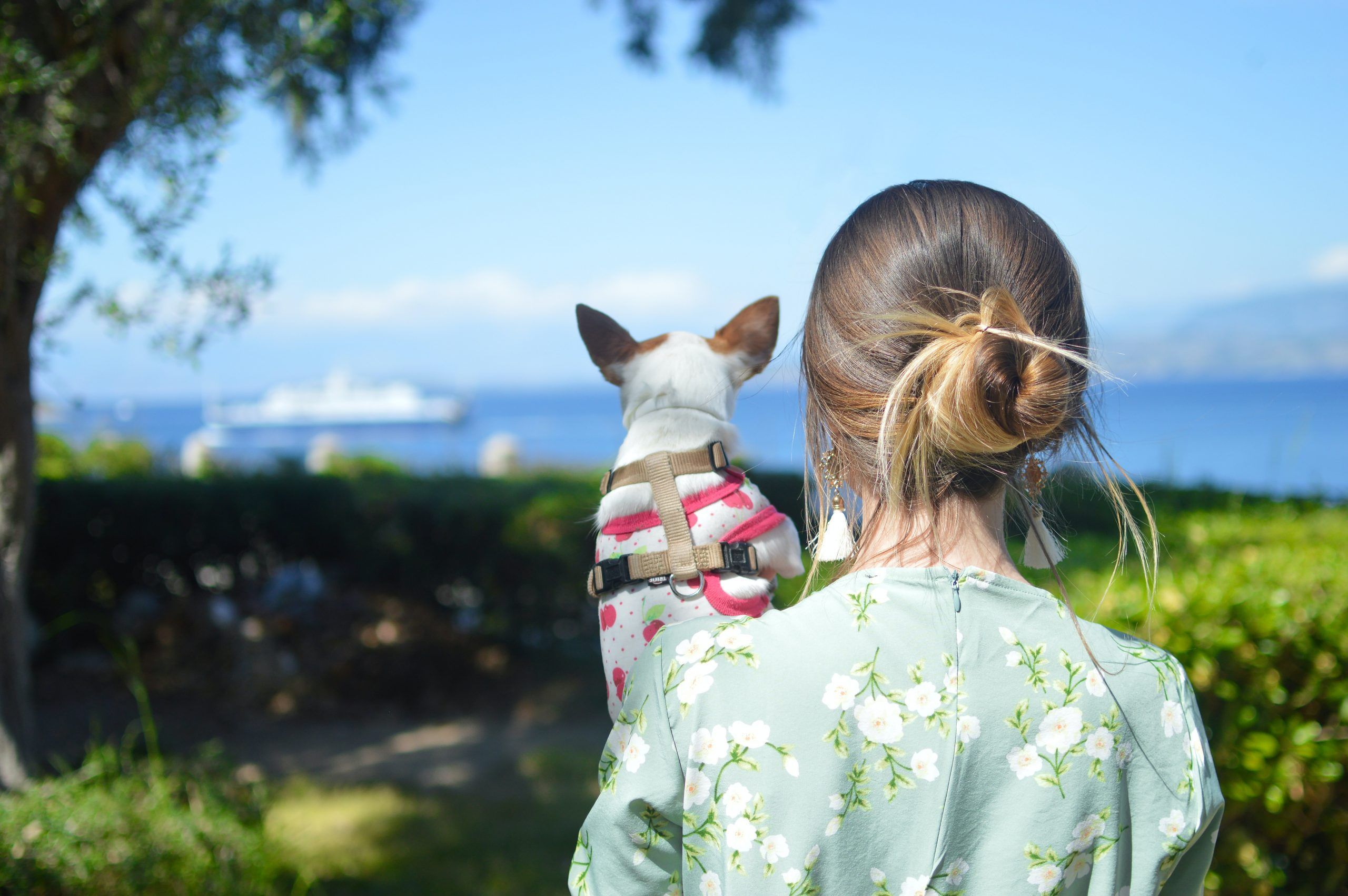
Travelling by ship
If you’re planning a journey by sea, such as a ferry crossing, you’ll find different options for travelling with your dog depending on the ship and the route. Some ships are equipped with onboard kennels that can be booked in advance, and others require pets to stay in the vehicle for the journey. To ensure your dog is as comfortable as possible, make sure they have:
- A secure space within your car – your pet needs to have space to move around, but not be able to escape.
- Absorbent bedding – this can help if your dog has any accidents.
- Their favourite toys – having familiar items in their surroundings will help keep your pet calm.
- Access to fresh water – a spill-safe container is best.
- Ventilation – make sure you leave the car windows open enough for your pet to get fresh air, but not too much for them to be able to climb out!
When your dog is moving between your vehicle and the onboard kennels, they need to be kept on a leash at all times, and some companies also require them to wear a muzzle, so it’s best to check the ship’s requirements before your trip.
FAQs
Does my dog need a passport to travel?
If you’re travelling to a non-EU country, your pet will need an export health certificate (EHC). For travel to Ireland and other EU countries, you can carry a pet passport issued in the EU. Your dog must also be microchipped, have a valid rabies vaccination, and tapeworm treatment. Each country has its own requirements, so it’s best to check the regulations for where you’re going, as well as returning to.
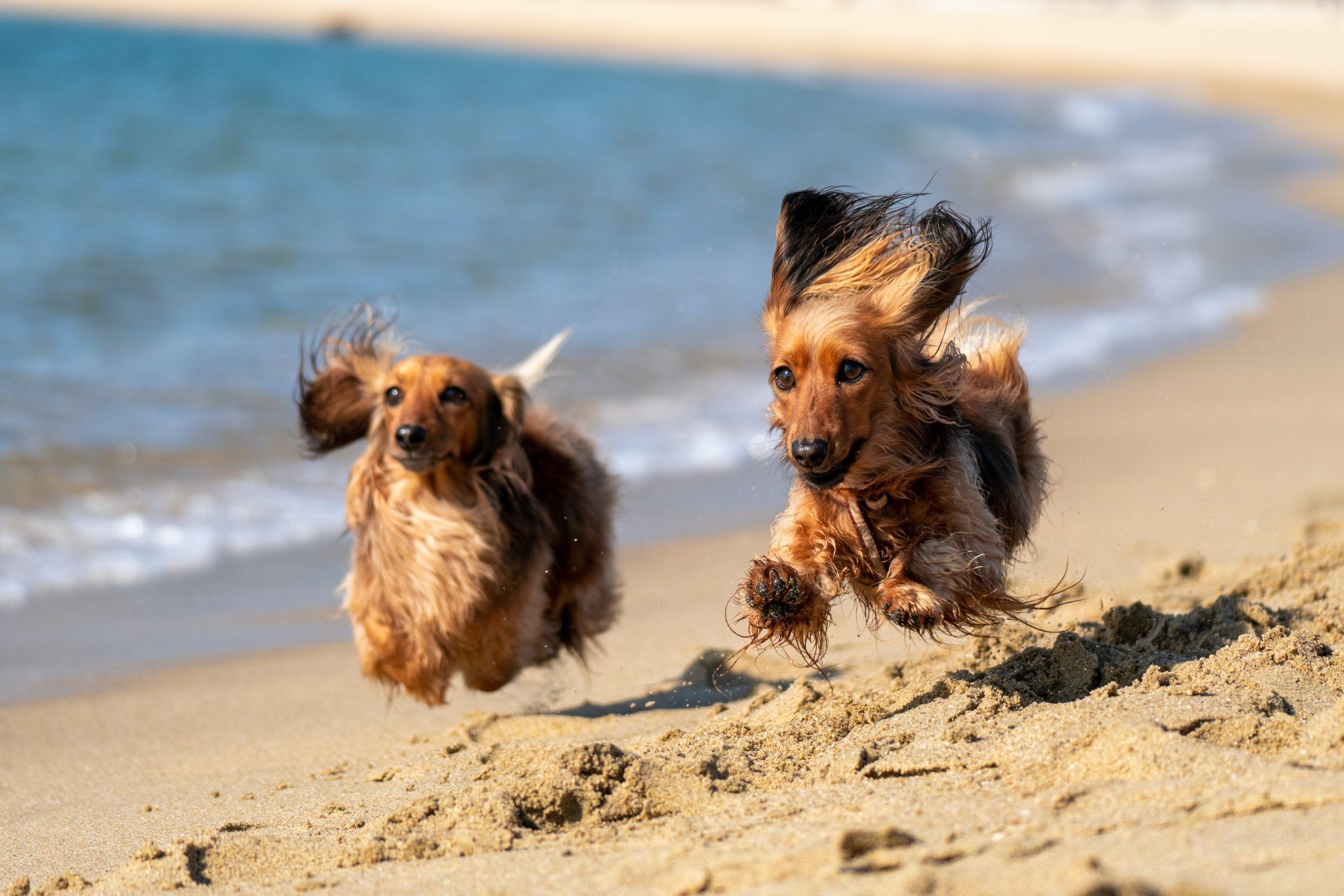
Useful Links
Travelling with Pets and Animals
Shipping a Pet – Manifest Cargo vs Excess Baggage
Advice From RSPCA for Taking Your Pet on the Ferry
Travelling by Ferry With Your Pet – Brittany Ferries
Get an Export Health Certificate – GOV.UK
EU Rules for Travelling with Pets and Other Animals in the EU

